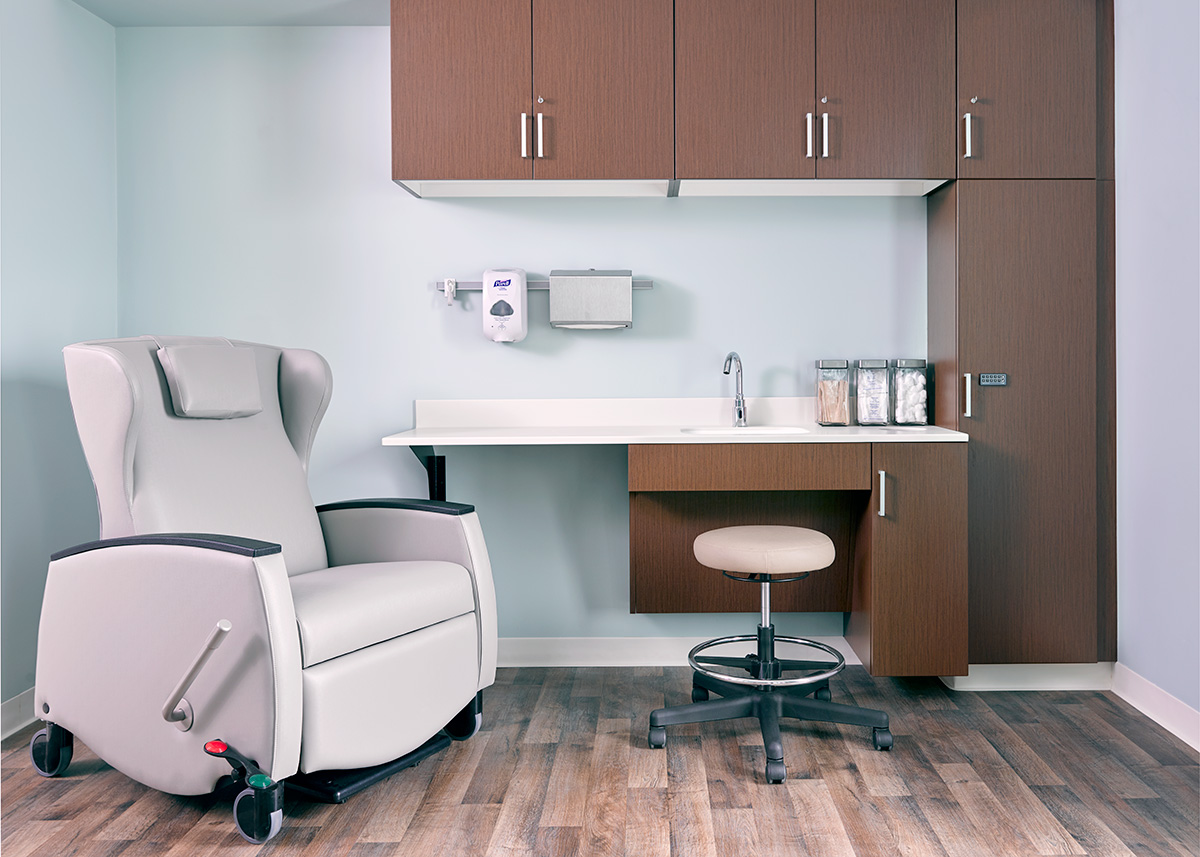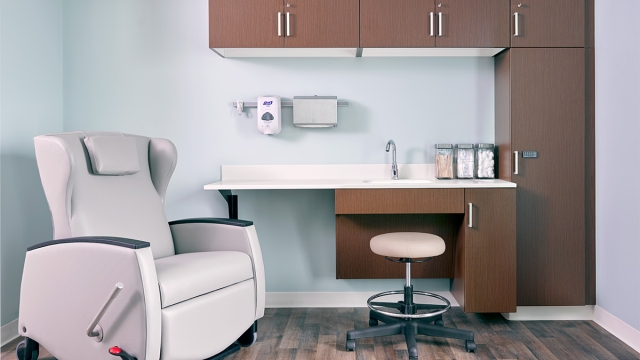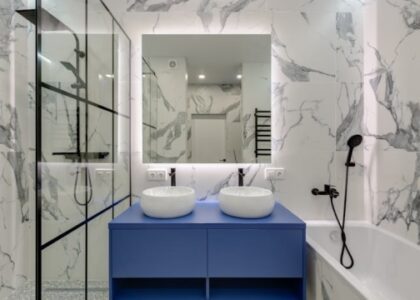Designing for Well-being: The Impact of Healthcare Furniture
Design plays a crucial role in shaping our well-being, even in the most unexpected of places. Healthcare facilities, in particular, have recognized the importance of creating environments that foster both physical and emotional healing. One often overlooked aspect of effective healthcare design is the careful selection of furniture. While healthcare furniture may seem like a mundane detail, it has a significant impact on the overall well-being of patients, staff, and visitors.
Healthcare furniture goes beyond merely providing a functional place to sit or lie down. It is a thoughtful integration of functionality, ergonomics, aesthetics, and comfort, all aimed at enhancing the healing experience. Consider a patient spending hours in a waiting room, awaiting test results or medical consultations. The choice of furniture in such spaces can greatly influence their state of mind. Comfortable seating with adequate support not only helps alleviate physical discomfort but also contributes to reduced anxiety and stress levels. Furthermore, intuitive layouts that promote privacy and personal space create an atmosphere of calm and relaxation.
For healthcare professionals, furniture design plays a crucial role in promoting efficient workflow and minimizing fatigue. Whether it’s an ergonomic desk chair that supports proper posture during long hours of administrative tasks or adjustable hospital beds that facilitate easy access and maneuverability for medical procedures, the right furniture can significantly impact their productivity and well-being. Additionally, the incorporation of smart features such as height-adjustable tables or task lighting can further enhance the ease of use and support the overall wellness of healthcare professionals.
In conclusion, healthcare furniture goes beyond its functional purpose and extends its influence towards creating spaces that prioritize well-being. When thoughtfully designed, it becomes a catalyst for healing, offering comfort, promoting relaxation, and supporting the efficient delivery of healthcare services. By recognizing its impact and investing in quality design, healthcare facilities have the opportunity to positively transform the overall experience for patients, staff, and visitors alike.
The Importance of Comfort and Accessibility
In healthcare settings, the importance of comfortable and accessible furniture cannot be overstated. Creating a welcoming and supportive environment for patients goes beyond just medical treatment. The design of healthcare furniture plays a crucial role in ensuring the well-being and overall experience of patients.
Comfort is key when it comes to healthcare furniture. Patients often spend long hours sitting or lying down, and being comfortable can greatly improve their overall experience. Whether it’s a cozy chair in a waiting area or an adjustable bed in a patient’s room, well-designed furniture can provide much-needed comfort and relaxation.
Alongside comfort, accessibility is equally important in healthcare furniture design. Many patients have mobility challenges, and having furniture that is easy to navigate and use can make a significant difference. Whether it’s incorporating features such as grab bars or designing furniture with adjustable heights, ensuring accessibility promotes independence and enhances the overall well-being of patients.
Moreover, accessible furniture also benefits healthcare providers. Having furniture that allows for easy maneuverability and efficient use of space enables healthcare professionals to provide better care to patients. Accessibility in healthcare furniture supports a seamless workflow and enhances the overall productivity of healthcare facilities.
In summary, the importance of comfort and accessibility in healthcare furniture cannot be overlooked. Designing furniture with the well-being of patients in mind ultimately contributes to a positive and supportive healthcare experience for both patients and healthcare providers.
Promoting Healing and Emotional Well-being
Healthcare furniture plays a crucial role in promoting healing and emotional well-being for patients. The design and choice of furniture in healthcare settings can significantly impact the overall experience and outcomes for individuals seeking medical care.
Comfort is a key factor to consider when designing healthcare furniture. Patients often spend extended periods sitting or lying down, making it essential to prioritize ergonomic designs that provide proper support and reduce discomfort. By offering comfortable seating options, such as padded chairs and couches, healthcare spaces can create a more soothing and relaxing environment for patients, contributing to their overall well-being.
In addition to physical comfort, the aesthetics of healthcare furniture can also influence emotional well-being. Calming colors, natural materials, and soft textures can create a more tranquil and serene atmosphere in healthcare settings. When patients are surrounded by aesthetically pleasing furniture, it can help reduce anxiety and stress, promoting a sense of calm and comfort during their stay.
Hospital Furniture Manufacturers
Furthermore, functional designs that consider patients’ needs and activities can contribute to their emotional well-being. Incorporating features like adjustable beds, side tables, and storage solutions not only enhance convenience but also empower patients, giving them more control over their immediate environment. By providing furniture that meets patients’ practical requirements, healthcare facilities can promote feelings of independence and empowerment, positively influencing their emotional state.
To conclude, healthcare furniture plays a vital role in promoting healing and emotional well-being. By prioritizing comfort, aesthetics, and functionality in their design choices, healthcare settings can create spaces that contribute positively to patients’ overall experience and well-being.
Enhancing Safety and Infection Control
Healthcare furniture plays a crucial role in maintaining safety and preventing the spread of infections within healthcare facilities. With careful design considerations, healthcare furniture can help create a safer environment for both patients and healthcare providers.
One important aspect of healthcare furniture design is the use of materials that are easy to clean and disinfect. Surfaces should be smooth and non-porous, preventing the growth and accumulation of bacteria. By choosing furniture with antimicrobial properties, the risk of spreading infections can be significantly reduced.
In addition to material selection, the layout and design of healthcare furniture can also contribute to safety and infection control. Furniture should be arranged in a way that allows for easy movement and accessibility, minimizing the risk of accidents or injuries. Clear pathways and open spaces facilitate efficient patient care and enhance emergency response.
Furthermore, healthcare furniture should be designed to promote proper hand hygiene. Incorporating hand sanitizer dispensers or sinks with easy access near furniture can encourage healthcare providers and visitors to maintain good hand hygiene practices. This simple addition can contribute to the overall reduction of infections within healthcare settings.
In conclusion, by paying attention to the design of healthcare furniture, we can enhance safety and infection control in healthcare facilities. From choosing the right materials to promoting proper hand hygiene, thoughtful design considerations can contribute to creating a healthier environment for patients and healthcare providers alike.







Recent Comments